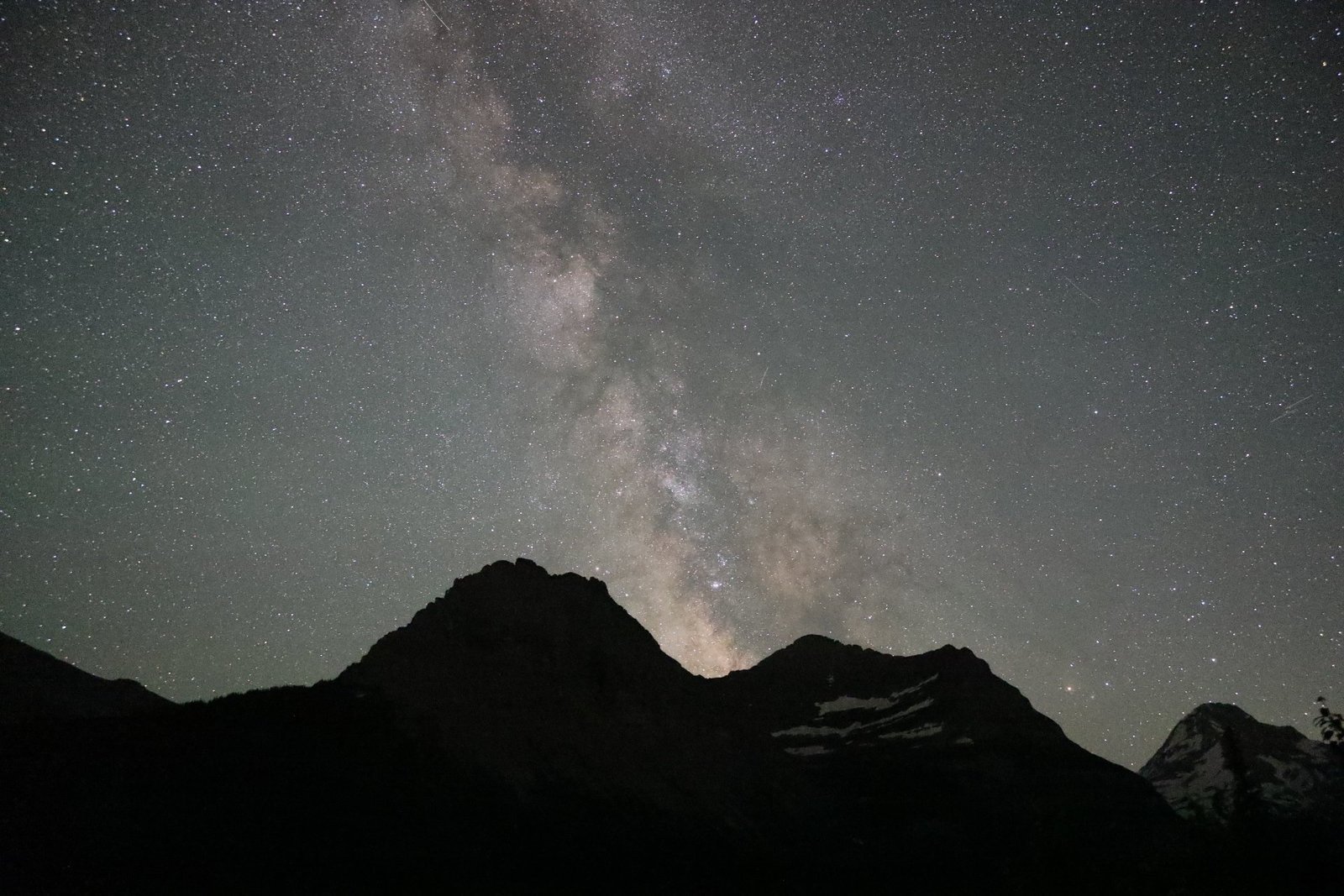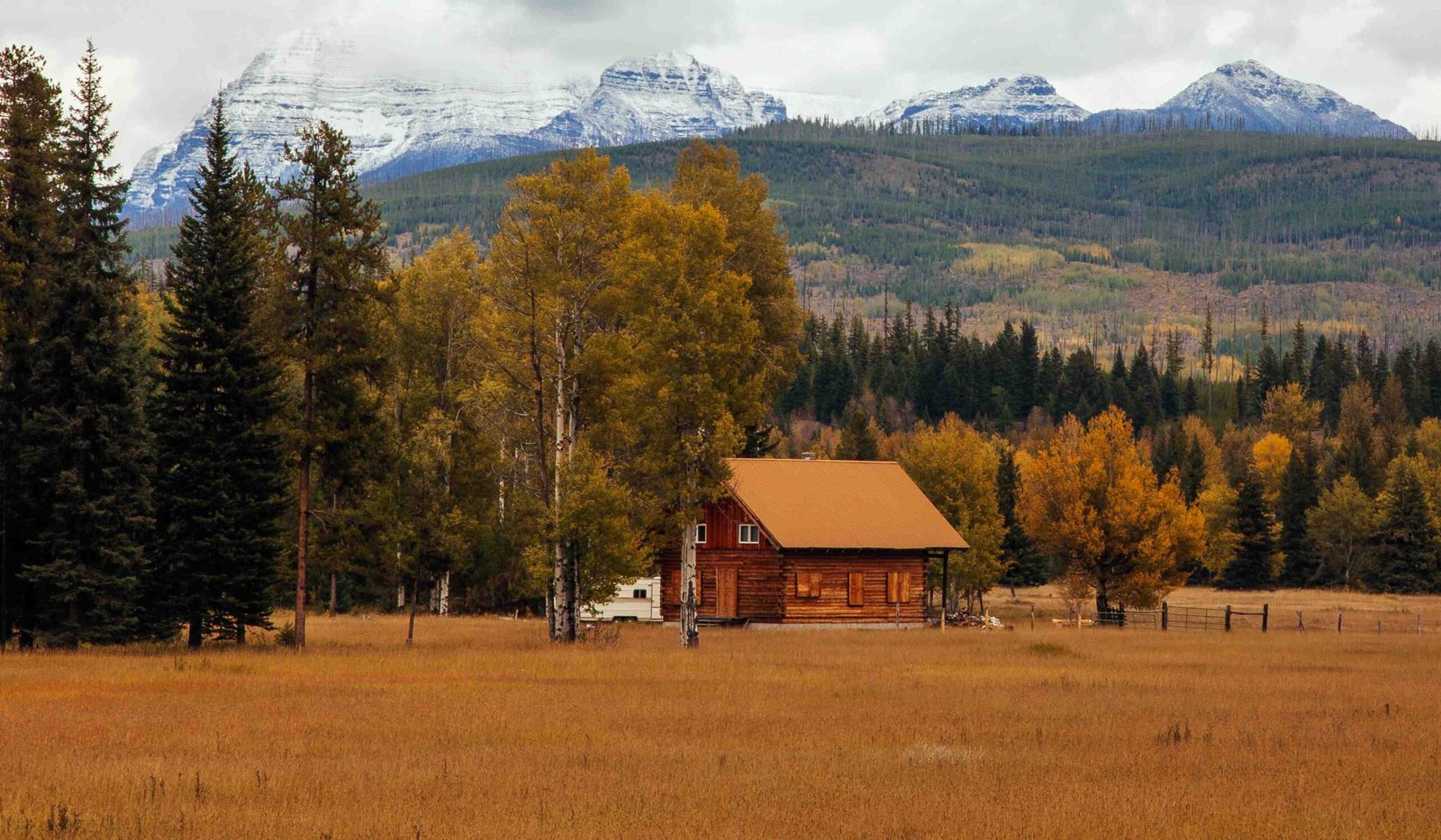Glacier National Park is a diverse ecosystem teeming with life. The park’s biotic factors include over 1,100 plant species, 250 bird species, and 66 mammal species. These organisms interact in complex ways, from grizzly bears tilling soil to lodgepole pines adapting to fire. The park’s varied habitats, from forests to alpine meadows, support a rich biodiversity. However, climate change and invasive species pose significant challenges to this delicate balance.
What Are the Key Biotic Factors in Glacier National Park?

Glacier National Park’s biotic factors encompass a wide range of living organisms that interact with each other and their environment. These include:
- Flora: Approximately 1,132 to 1,800 plant species
- Fauna: Over 250 bird species and 66 mammal species
- Microorganisms: Various bacteria and fungi essential for ecosystem processes
The park’s diverse habitats support different communities of organisms:
- Forests: Home to bears, mountain lions, and various tree species
- Rocky cliffs: Habitat for mountain goats, marmots, and ptarmigan
- Streams and lakes: Support beaver, muskrat, and water-loving birds
- Meadows: Provide habitat for elk, coyotes, hawks, and rodents
How Do Biotic Factors Interact in the Park’s Ecosystem?

The interactions between biotic factors in Glacier National Park are complex and multifaceted. Here are some key examples:
-
Grizzly bear soil tilling: Grizzly bears play a crucial role in the ecosystem by digging, which helps till the soil and facilitate new vegetation growth.
-
Lodgepole pine fire adaptation: These trees have cones that open to disperse seeds in fire-altered environments, demonstrating a unique adaptation to the park’s fire ecology.
-
Predator-prey relationships: The presence of predators like mountain lions and wolves influences the behavior and population dynamics of prey species such as deer and elk.
-
Pollination: Various insects, birds, and bats pollinate the park’s diverse flora, ensuring plant reproduction and genetic diversity.
-
Seed dispersal: Animals like birds and mammals help disperse seeds throughout the park, contributing to plant distribution and ecosystem health.
What Are the Unique Adaptations of Glacier National Park’s Biota?
The diverse habitats in Glacier National Park have led to fascinating adaptations among its flora and fauna:
- Mountain goats: Developed thick fur and specialized hooves for navigating rocky cliffs
- Douglasia plant: Evolved thick, fuzzy leaves to conserve water and reduce wind damage in alpine environments
- Whitebark pine: Adapted to high-altitude conditions and relies on Clark’s nutcrackers for seed dispersal
- Pika: Developed the ability to harvest and store vegetation for winter consumption in rocky alpine areas
- Ptarmigan: Changes plumage color seasonally for camouflage in snowy and rocky environments
How Does Climate Change Impact Glacier National Park’s Biotic Factors?
Climate change poses significant challenges to the biotic factors in Glacier National Park:
- Glacial retreat: The park’s namesake glaciers are rapidly melting, affecting water availability and habitat for various species.
- Temperature changes: Warming temperatures are causing shifts in species distributions and altering phenological patterns.
- Precipitation patterns: Changes in rainfall and snowfall affect plant growth, water availability, and animal migration patterns.
- Increased fire frequency: Altered fire regimes impact forest composition and wildlife habitats.
- Invasive species: Warmer temperatures may facilitate the spread of non-native species, threatening native biodiversity.
| Climate Change Impact | Effect on Biotic Factors |
|---|---|
| Glacial retreat | Reduced water availability, habitat loss |
| Temperature increase | Species distribution shifts, phenological changes |
| Altered precipitation | Changes in plant growth, animal migration |
| Increased fire frequency | Forest composition changes, habitat alteration |
| Invasive species spread | Threat to native biodiversity |
What Conservation Efforts Are in Place to Protect Glacier National Park’s Biotic Factors?
To preserve the park’s rich biodiversity, several conservation initiatives are underway:
- Habitat restoration: Efforts to restore native plant communities and remove invasive species
- Wildlife monitoring: Ongoing studies to track population trends and health of key species
- Climate change research: Continuous monitoring of glaciers and climate impacts on park ecosystems
- Fire management: Controlled burns and forest management to maintain healthy ecosystems
- Public education: Programs to raise awareness about the park’s biodiversity and conservation needs
How Can Visitors Experience Glacier National Park’s Biotic Factors?
Visitors can explore and appreciate the park’s biotic factors through various activities:
- Hiking: 734 miles of trails offer opportunities to observe diverse flora and fauna
- Wildlife viewing: Designated areas for safe observation of animals in their natural habitats
- Ranger-led programs: Educational tours focusing on the park’s ecology and biodiversity
- Citizen science: Opportunities for visitors to contribute to ongoing research projects
- Photography: Capture the beauty of the park’s diverse ecosystems and wildlife
Remember to follow park guidelines to minimize impact on the delicate ecosystems and wildlife.
What Future Research is Needed on Glacier National Park’s Biotic Factors?
To better understand and protect the park’s biotic factors, future research should focus on:
- Long-term climate change impacts on species distributions and interactions
- Genetic diversity studies of key plant and animal populations
- Microbiome research in various park ecosystems
- Invasive species management strategies
- Ecosystem resilience and adaptation to changing environmental conditions
By continuing to study and protect Glacier National Park’s biotic factors, we can ensure the preservation of this unique and valuable ecosystem for future generations.
References:
1. https://www.nps.gov/glac/learn/nature/naturalfeaturesandecosystems.htm
2. http://npshistory.com/publications/glac/plants-animals.pdf
3. https://www.nps.gov/glac/learn/education/plants-and-animals.htm